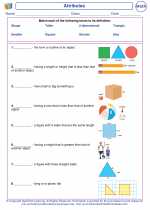Numerator
In a fraction, the numerator is the top number that represents the part of the whole. It tells us how many parts of the whole we are considering. For example, in the fraction 3/5, the numerator is 3, which means we are considering 3 parts out of a total of 5 parts.
The numerator is an essential part of a fraction and is used to express the relationship between the part and the whole. It is always placed above the fraction line, which separates the numerator from the denominator.
Understanding the concept of the numerator is crucial for working with fractions, as it helps us compare and manipulate different parts of a whole in various mathematical operations.
Overall, the numerator plays a key role in representing the quantity or value of a fraction and is fundamental in understanding the concept of fractions in mathematics.
.◂Math Worksheets and Study Guides First Grade. Attributes

 Worksheet/Answer key
Worksheet/Answer key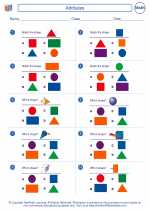
 Worksheet/Answer key
Worksheet/Answer key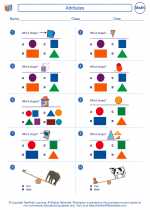
 Worksheet/Answer key
Worksheet/Answer key
 Worksheet/Answer key
Worksheet/Answer key
 Worksheet/Answer key
Worksheet/Answer key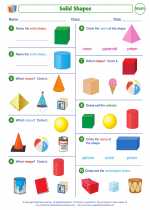
 Worksheet/Answer key
Worksheet/Answer key
 Worksheet/Answer key
Worksheet/Answer key
 Worksheet/Answer key
Worksheet/Answer key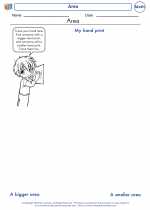
 Worksheet/Answer key
Worksheet/Answer key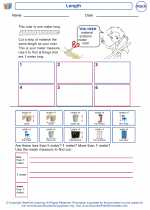
 Worksheet/Answer key
Worksheet/Answer key
 Worksheet/Answer key
Worksheet/Answer key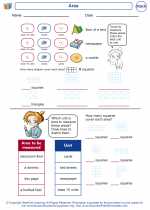
 Worksheet/Answer key
Worksheet/Answer key
 Worksheet/Answer key
Worksheet/Answer key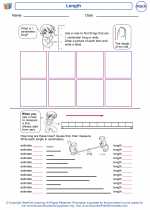
 Worksheet/Answer key
Worksheet/Answer key
 Worksheet/Answer key
Worksheet/Answer key
 Worksheet/Answer key
Worksheet/Answer key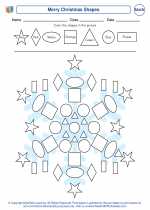
 Worksheet/Answer key
Worksheet/Answer key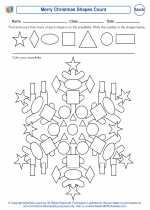
 Worksheet/Answer key
Worksheet/Answer key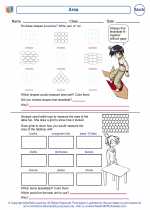
 Worksheet/Answer key
Worksheet/Answer key
 Vocabulary/Answer key
Vocabulary/Answer key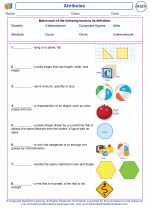
 Vocabulary/Answer key
Vocabulary/Answer key
 Vocabulary/Answer key
Vocabulary/Answer key